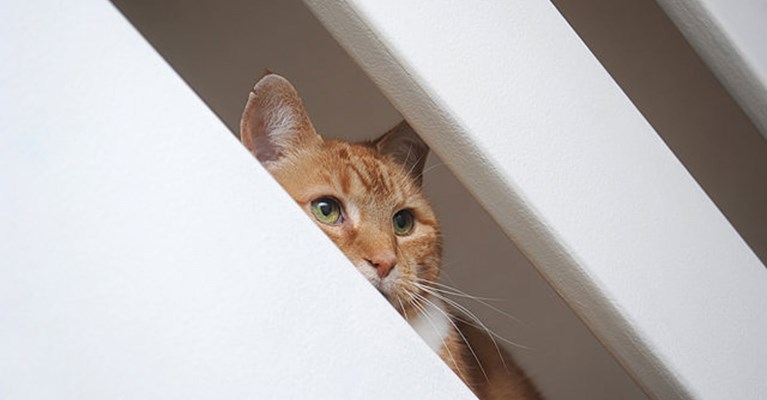How to get rid of cat fleas

Learning how to spot the signs of fleas on cats and kittens and how to get rid of them is essential information for every cat owner. We’ve put together a quick guide on cat fleas and how to get rid of them.
What do cat fleas look like?
Adult cat fleas are small dark brown wingless insects about 3 to 4 mm in length. They tend to congregate on the ears, tail base area, armpits and groin and are fast moving!. Fleas are relatively easy to see in their adult stage, so in severe infestations they are often easily seen.
If you spot one, there’s a good chance you’ll see it jump, too.
Often you may not see fleas in your cat’s coat, but you may see their droppings (so called ‘flea dirt’) which look like black dandruff. Comb out some of these black droppings from the coat, put them on some damp paper towel and rub the towel together, if it is flea dirt, red smears will be seen as the droppings contain blood.
Where do fleas live?
Fleas spend most of their time living in the environment (unfortunately this often means our home or car) and not on our pet. An adult flea will jump onto your pet, feed off their blood (which causes the symptoms listed below), then lay eggs in their fur. These eggs fall off into the surrounding environment, hatch into larvae and hide away in deep carpets, furnishings and cracks around the home. They then change into pupae (which can survive in the environment for years, making flea control very tricky). When pets come near them, the adult fleas emerge from the pupae and jump back on board the pet, completing the life cycle.
Can cat fleas live on humans?
Cat fleas can actually bite humans the same way they do cats, however unlike cats, these fleas do not like to stay on human bodies. They live on furry hosts and so have a hard time attaching to humans. This does mean that other pets in your household could be infested with the cat flea too.
What are some symptoms of cat fleas?
Fleas are very uncomfortable for most cats and can cause the following signs:
- Excessive scratching
- Hair loss or bald and sore patches
- Spots and scars
- Redness and irritation to the skin
How to get rid of ticks and fleas on cats?
When it comes to fleas, it’s essential to treat both your cat and your home, as fleas can survive in the environment without a host for many months. Here’s how you can do it:
- Flea treatments – consult with your vet first to get some advice on the best preventative flea treatments and products that will work best to protect your pet. These should be given routinely as recommended by your vet to prevent reinfestation
- Treat all pets in the home with veterinary recommended products suitable for the species
- Worming treatments - fleas can carry tapeworm eggs, so it is important you also treat your cat for worms
- Wash your cat’s bedding or anything they sleep on regularly at 60°C.
- Vacuum furniture, floors and skirting boards before treating the house with a veterinary recommended environmental flea spray to kill off any eggs and flea larvae in the environment.
- Throw away the vacuum dust bag after each use
Fleas can be quite the pesky problem, so keeping on top of flea treatments for all your pets and regular cleaning will help to prevent it from turning into a regular issue.